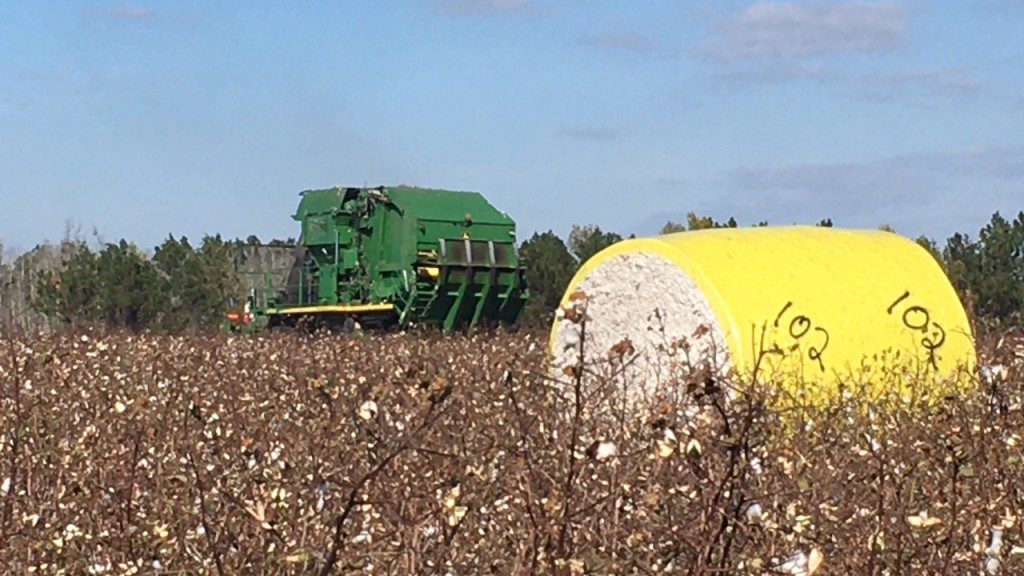Obviously with our dicamba dilemma, Liberty will be more important this year so let’s discuss how to maximize its activity.
Rate selection is of course a critical element. The most economical approach remains getting to the field when the largest Palmer amaranth is < 3 inches where the 32 oz/A rate of the standard 2.34 lb ai/gal material is ideal; however, if you are running behind increase your rate to a maximum of 43 oz/A. Completely killing the first flush of pigweed escaping the preemergence treatment is extremely critical. Keep in mind more crop injury may be observed at higher rates with tank mixtures but at least the cost of glufosinate is more reasonable this year. A follow up application at 29 oz/A for a seasonal total not exceeding 72 oz/A is allowed on the label.
Liberty Ultra (glufosinate P-ammonium) received registration and is more active with 24 oz/A equal to that of Liberty at 32 oz/A. The use rate ranges from 19 to 29 fl oz/A not to exceed 2 applications. Liberty can be applied from cotton emergence until the early bloom stage.
Time of day has a tremendous impact on all glufosinate formulations; avoid applying within 1.5 hours of sunrise and 2 hours of sunset if possible.
The weed size and being timely discussion will never change. Maximize control and your economics by treating most susceptible broadleaf weeds before 4 inches. Palmer amaranth and most annual grasses should be no more than 3 inches tall. Under dry conditions, weed size should be less than 2 inches. Goosegrass and spiderwort likely will not be adequately controlled and nutsedge is not controlled it’s just an illusion!
Liberty behaves primarily as a contact herbicide, so good spray coverage is a sound economic investment. Ideally, use a spray volume of at least 15 gal/A with 20 gal/A being ideal and apply your product using a medium to coarse droplet. Slow down and you will get even better control.
Residual tank mix partners are suggested for most fields. Warrant can be applied after cotton is fully emerged but before first bloom; Outlook can be applied from 1-leaf cotton through the second week of bloom; Dual Magnum can be applied overtop of fully emerged cotton until early bloom or 100 days before harvest (whichever is more restrictive). Staple can be applied overtop of cotton from full cotyledonary cotton through early bloom or 60 d before harvest (whichever is more restrictive).
During 2024, Enversa herbicide was registered for use in cotton. Enversa, like Warrant, is an encapsulated formulation of acetochlor. However, research has observed signficant residual weed control differences when comparing Enversa and Warrant. It appears that the breakdown of encapsulation is influenced differently by the environment. Research is underway to better understand which environments would favor an Enversa vs. Warrant application.
Mixtures with Roundup can also be applied in tolerant cotton. This mixture is very common and will provide excellent control of many common broadleaf weeds, such as morrningglory and small pigweeds.
A tank-mix is not suggested for goosegrass, wild radish, purslane, perennial grasses (e.g., bermudagrass or johnsongrass), or annual grasses larger than 6 inches because the level of control with the tank mixture will likely be far less than glyphosate applied alone; instead, use sequential applications with Roundup applied 3 to 5 days prior to Liberty if feasible.
